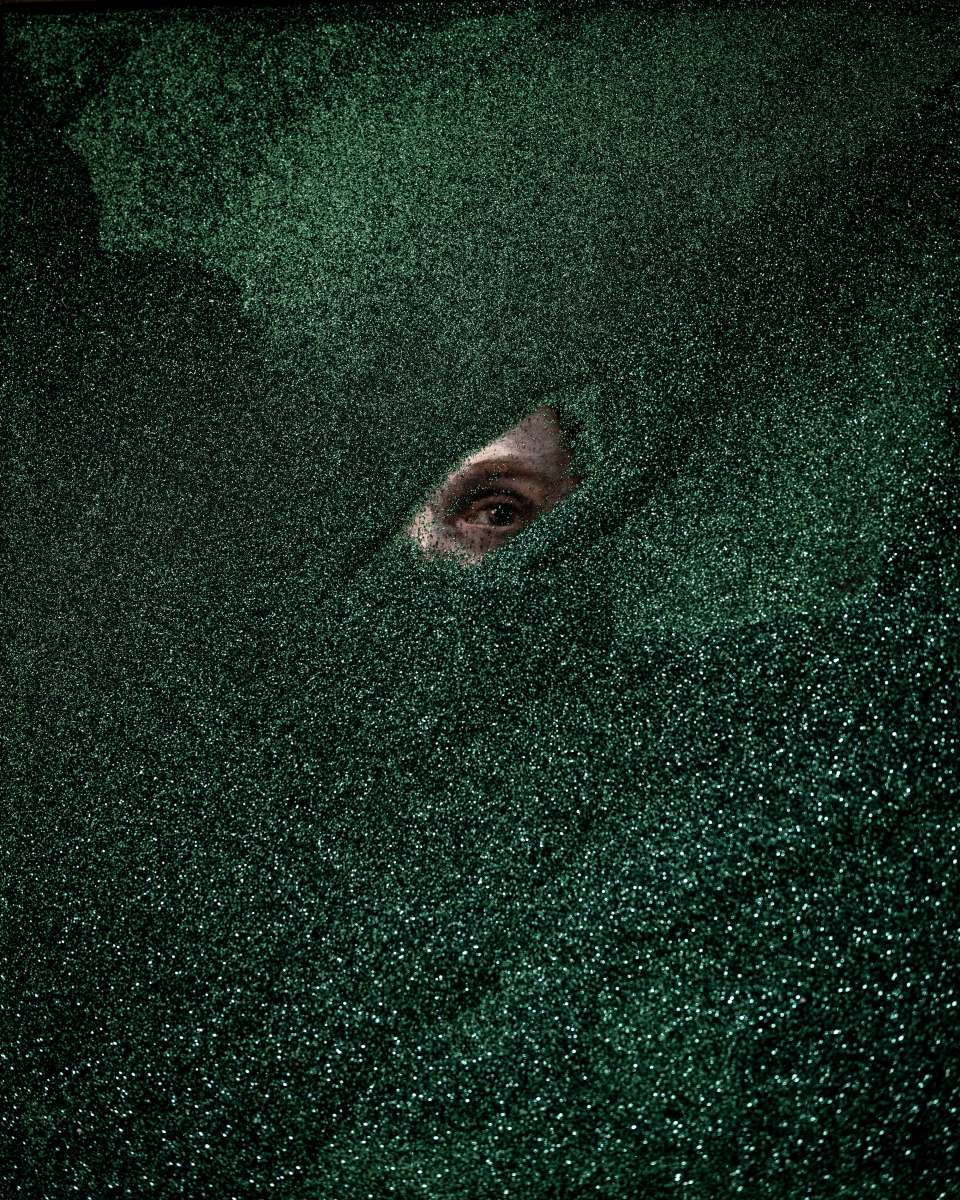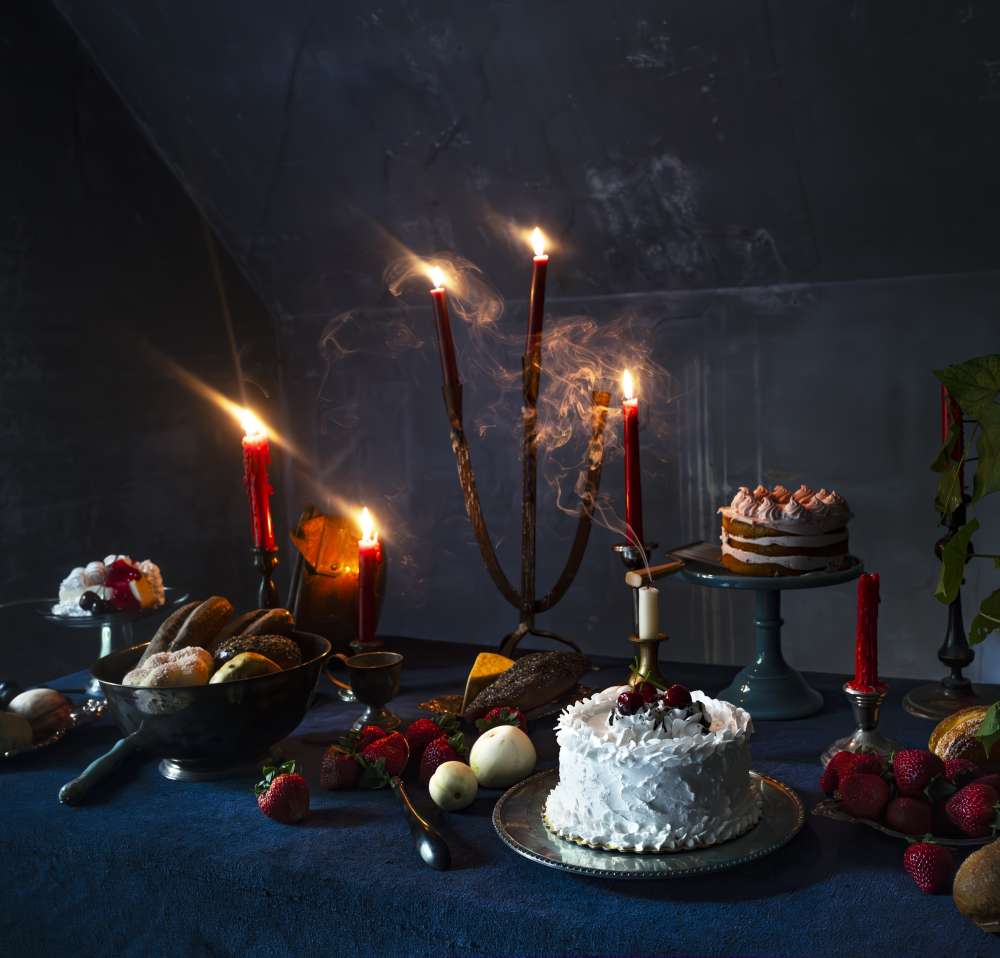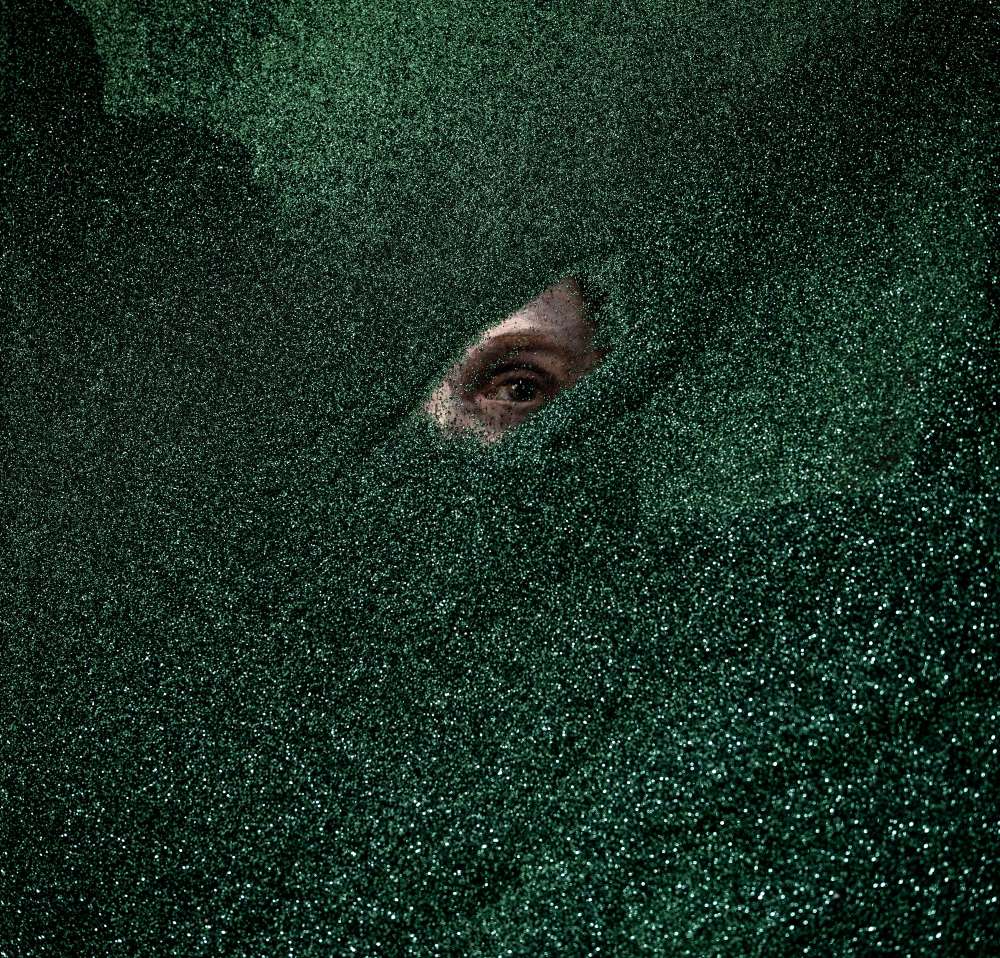Before becoming a writer, I went to college to study international marketing. I had succumbed, like many immigrant children, to the guilt-ridden obligation to “make a living” before pursuing my own vocations. I lasted all of three weeks before dropping out to couch surf and read poems in East Village bars, schlumping my way into a literary life, whatever that meant. But I was in the marketing program long enough to realize one thing: photography is advertising’s central obsession, the form possessing the potential to alter reality while also preserving the sense of the real, making a product appear, for the right price, tantalizingly obtainable, within reach. Marketing also co-opts photography’s long-developed strategies: saturated, extravagant colors, taut compositions, macro-zoomed still-lifes, at times even employing photographers themselves, who export visions of personal projects into visionary corporate campaigns. In other words, beauty, for much of the twentieth century and beyond, has been a method of commercial coercion.
Against this cultural backdrop, Cig Harvey’s work captures a lesser-understood—or even displaced—beauty. While others take photographs, Harvey, I’m convinced, takes something else. This “something else” can be defined by her relationship to the beautiful—what it is, what it can do, and, perhaps more pressing, how it becomes a vehicle for self-knowledge. “The clocks go back, giving an extra hour of sadness,” Harvey writes, revealing the vagus nerve in this new series, which, for all its exuberance and sensual decadence, is centered on loss. The baroque fullness of these images, their rich color and geometry, elicits a felt absence, the phantom limb of elegy made excruciatingly present through an unbridled desire for the world, the living—a book of grief articulated through immense, insatiable want. More than a project of knowing, this is a work of semiotic shifts. Harvey’s recurring motifs, or obsessions, are well-trodden, and not just in photography but in literature, too: flowers, children, food, nature, interiors. Using symbols often ascribed to women as denigrating and minute, effete and decorous (and thereby useless), Harvey, like Sappho, Plath, Murasaki, and Woolf, like Maier, Mann, and Weems, leans into the “domestic” as inexhaustible subversion. She takes the word’s Latin root, domus, meaning “of animals,” and thereby the filth of birthing, rutting, and feeding—associations deemed beneath the offices of men—and treats them as potent and dignified nodes of imagination.




